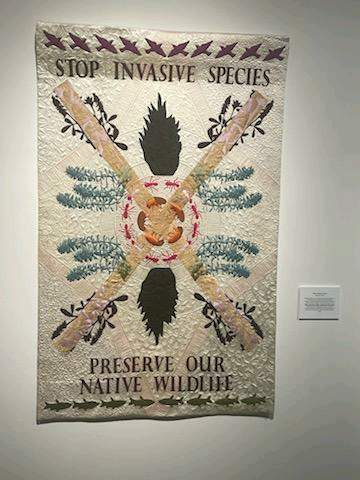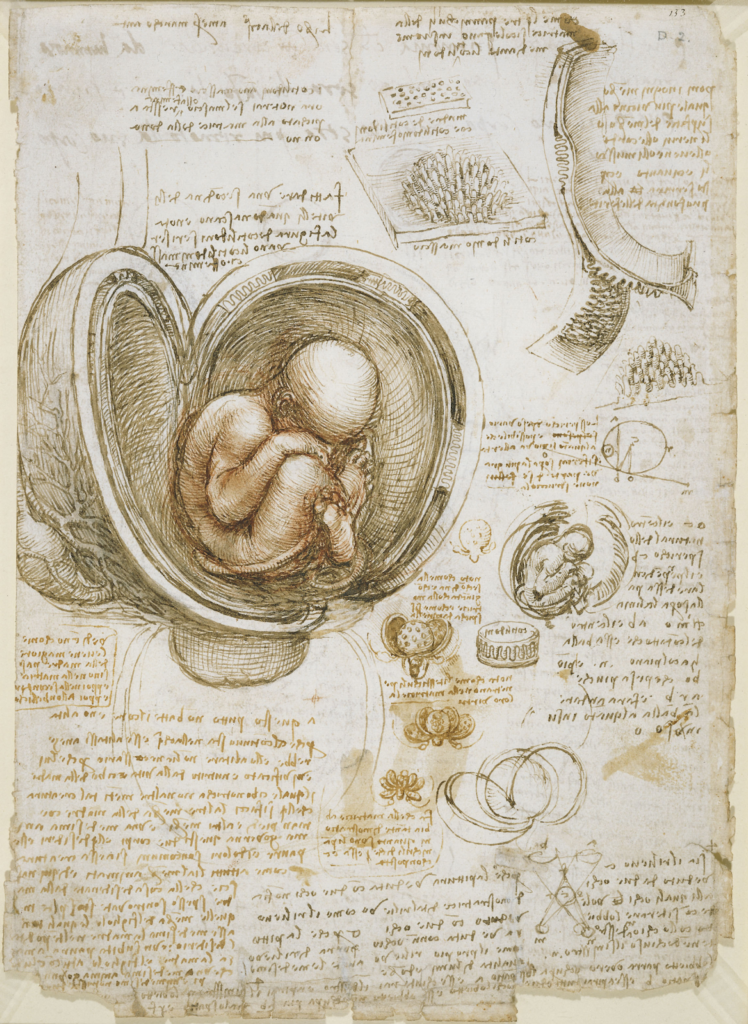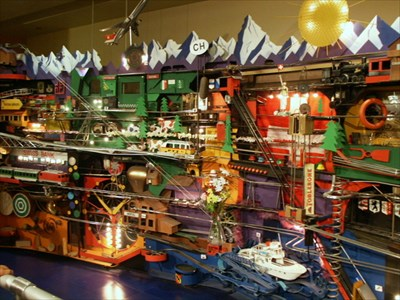
Many students either say they have a creative brain that does not compute science or a logical brain that does not understand art. Other stereotypes include science not considering emotions or art not considering real-to-life accuracy. Because of this way of thinking, there has been a divide between two critical topics that affect humans’ way of life.
In reality, this dynamic creates the divide, not the ideas themselves. Both science and art are unique forms of expression. Maddy Hins, a 2028 performing arts student at Oklahoma City University, studied this correlation.
“Art allows for expressing ideas in any form, and often can be a fun way to produce scientific discoveries.”
Looking at statistics without their experiments or judging a piece of art without knowledge of the creative process builds a barrier to communication, understanding, and appreciation. Examples from the past and present prove this claim.
Leonardo Davinci, for example, robbed graves and dissected the bodies to draw human anatomy for science around the 1490s. After these illegal obsessions, he painted the Last Supper, Mona Lisa, St. John the Baptist, and others. While it is entirely likely Davinci used live references, he eventually had the mental image of proper human anatomy to reference.

Swiss Jolly Ball and Other Pieces of Art
Another example from today’s age is the Science of Industry Museum in Chicago. It is filled with art. However, a staple piece always stands out to the groups passing through— the Swiss Jolly Ball. It is a small metal ball rolling through beautiful mountains, homes, and diverse transportation scenery. While it is a work of art, the science behind the Law of the Levers and Newton’s First Law of Motion makes the seemingly infinite loop of action possible.

Similarly, the Norick exhibit “Threaded Discoveries: The Intersection of Fiber Art and Science” showed science as the driving force of inspiration for the art.
On campus in the Nona Jean Hulsey Art Gallery, Vicki Conley and Shannon Conley explore many relevant discussions and contribute by spreading awareness. Mediums, including contemporary quilt art, scattered the hall as two brave artists took on the many battles nature faces today.
An OCU student, Jessica Bogdan, discussed how science can be thought of in various ways. “This exhibit is a great way to show that science is for all different types of minds, not just the self-proclaimed analytical types.”
Examples of these powerful messages include stopping invasive species, encouraging the growth of native species, and overall honoring the land and its inhabitants.
In the piece Stop Invasive Species, a vertically mirrored design of plants and animals is covered by a large X in the center. While invasive species may blend in with their environment, they negatively impact the current ecosystem. This visual representation spreads awareness by producing a mental image when facing one’s conscience. The mental image will hopefully stop someone the next time they act in nature.
Conley incorporates not only art and science but also spirituality. In the piece Blessed is the Spot, a Bahá’í prayer is embroidered underneath a blue and white splotch design. A viewer has to look closely to notice the entire prayer written out.
While not everyone is spiritual, the piece shows different aspects of people’s lives, such as their connectedness to nature. The intricate stitches, juxtaposed with the simple overall image, parallel the complexity and simplicity of nature and our very existence.
Finally, in the piece Mammals of Oklahoma, a circular design graces the tapestry with the same animal repeated in one ring. Other animals are added as the circles grow more prominent from the center.

Because circles resemble unity, there is unity between the protectors and those who need to be protected. While the piece on invasive species warned of negative actions, this piece highlights outcomes from positive actions.
With further research into the artist’s intent and scholastic representational interpretation, art and science exist symbiotically. Many examples exist around the country, including in Oklahoma City. Until more individuals come to this conclusion, artists like Vicki Conley and Shannon Conley will continue challenging these ideas for current and future generations.


Leave a Reply